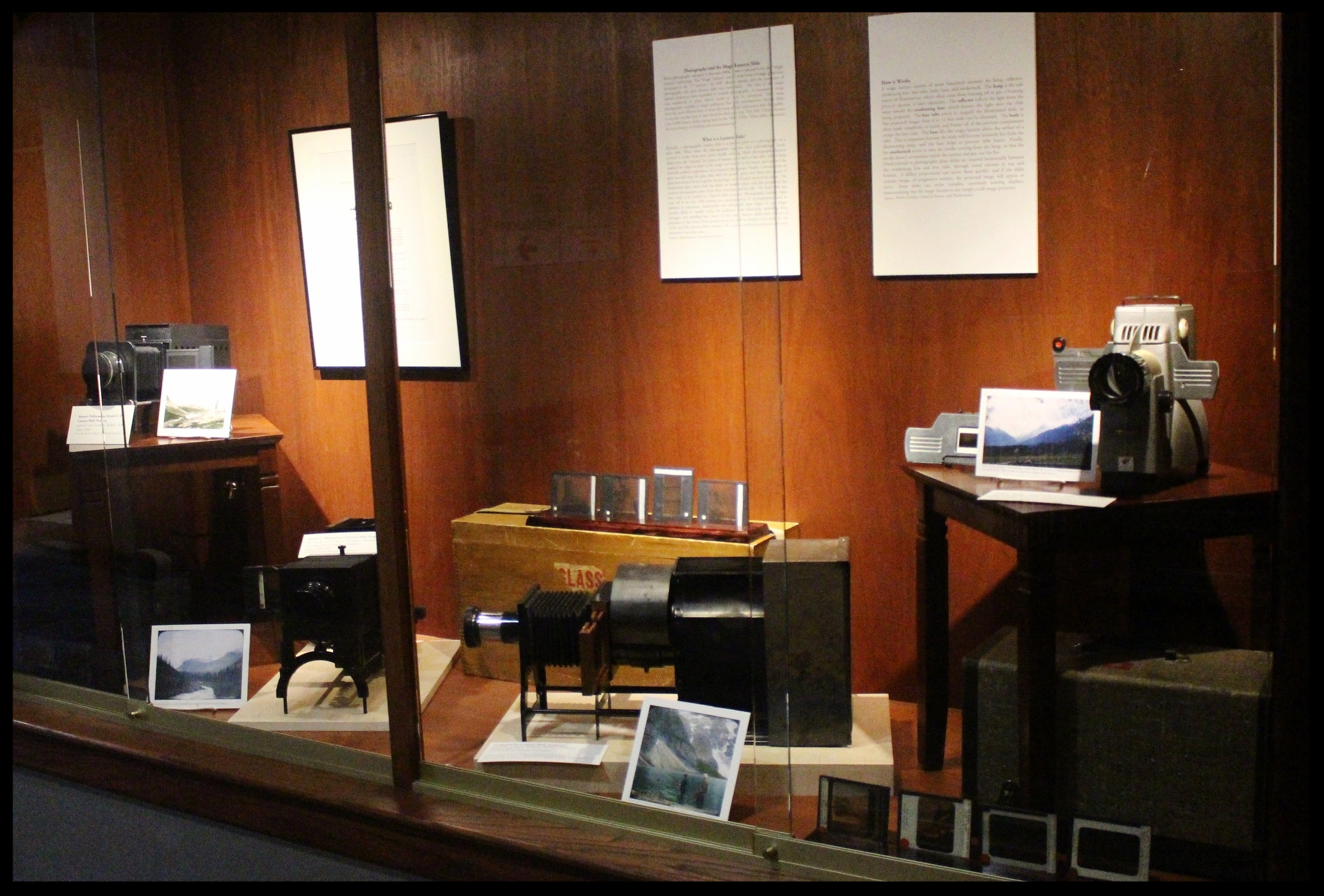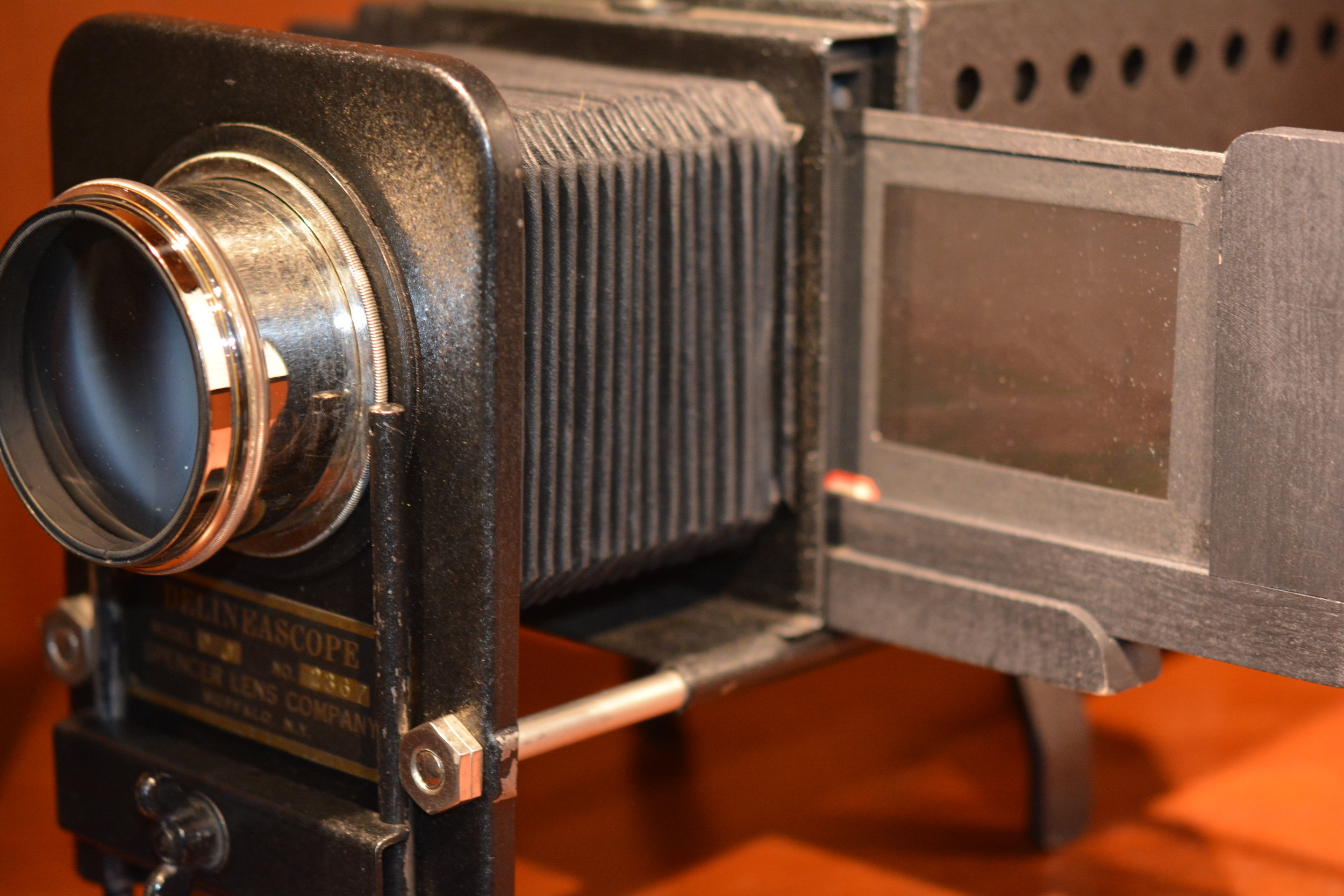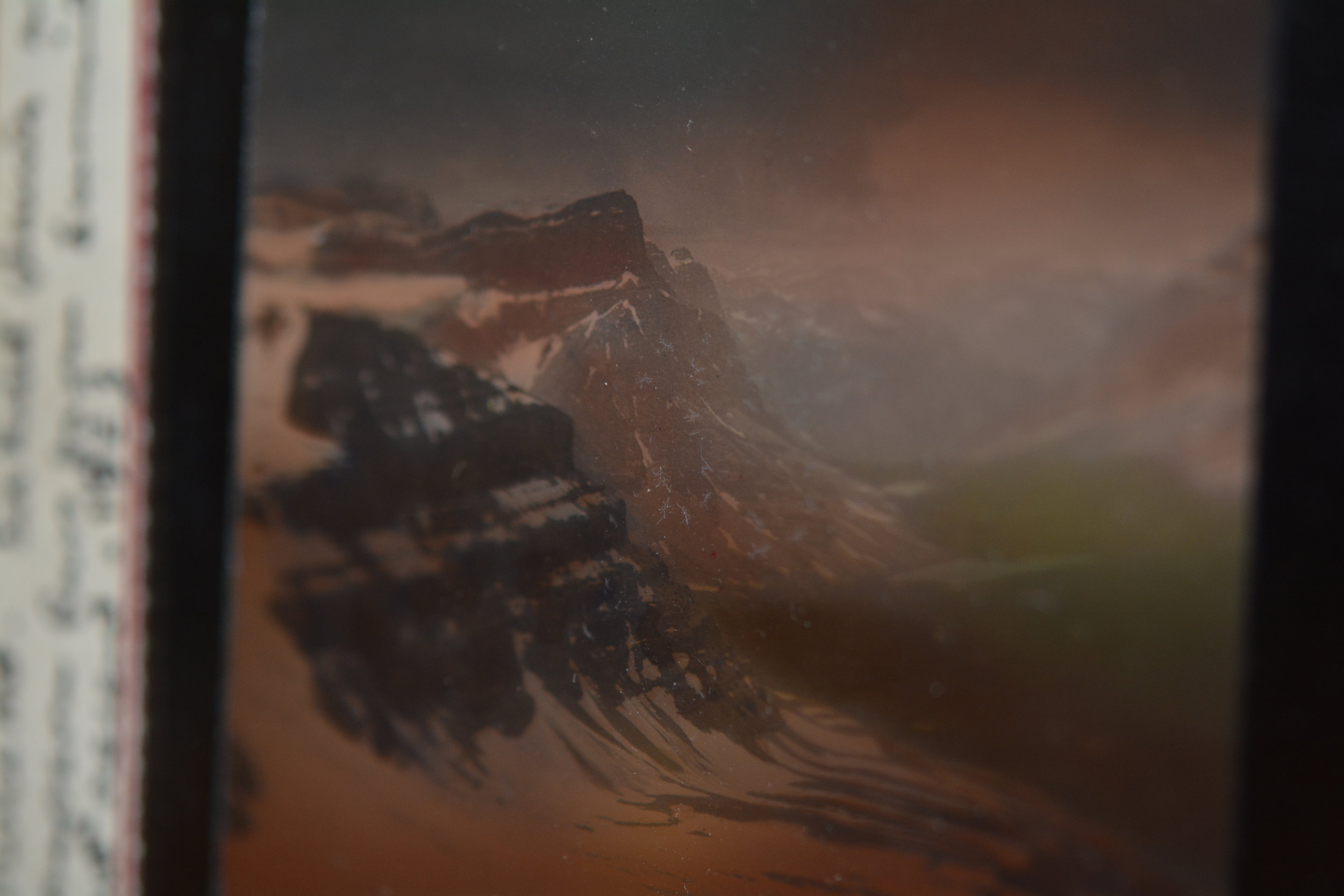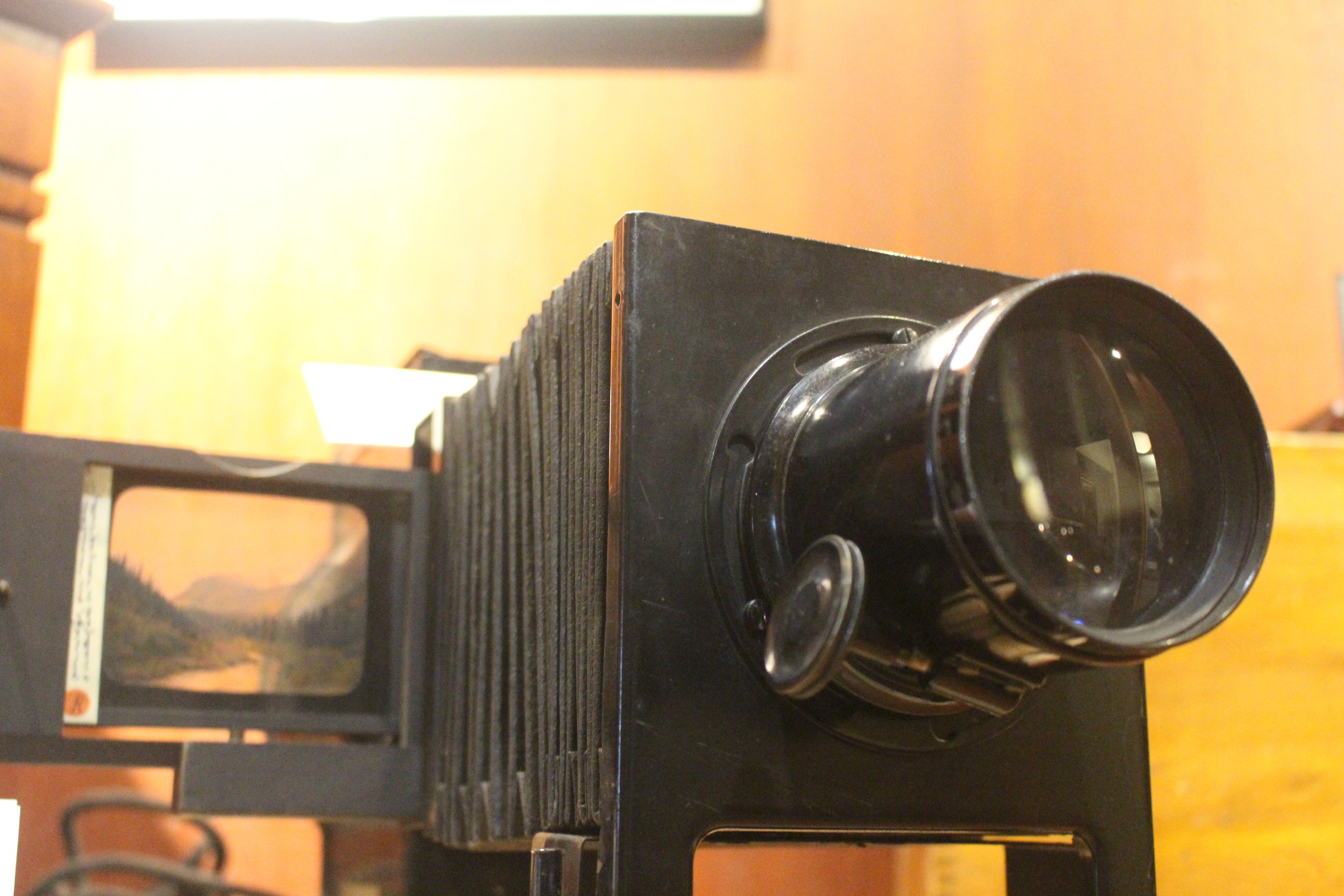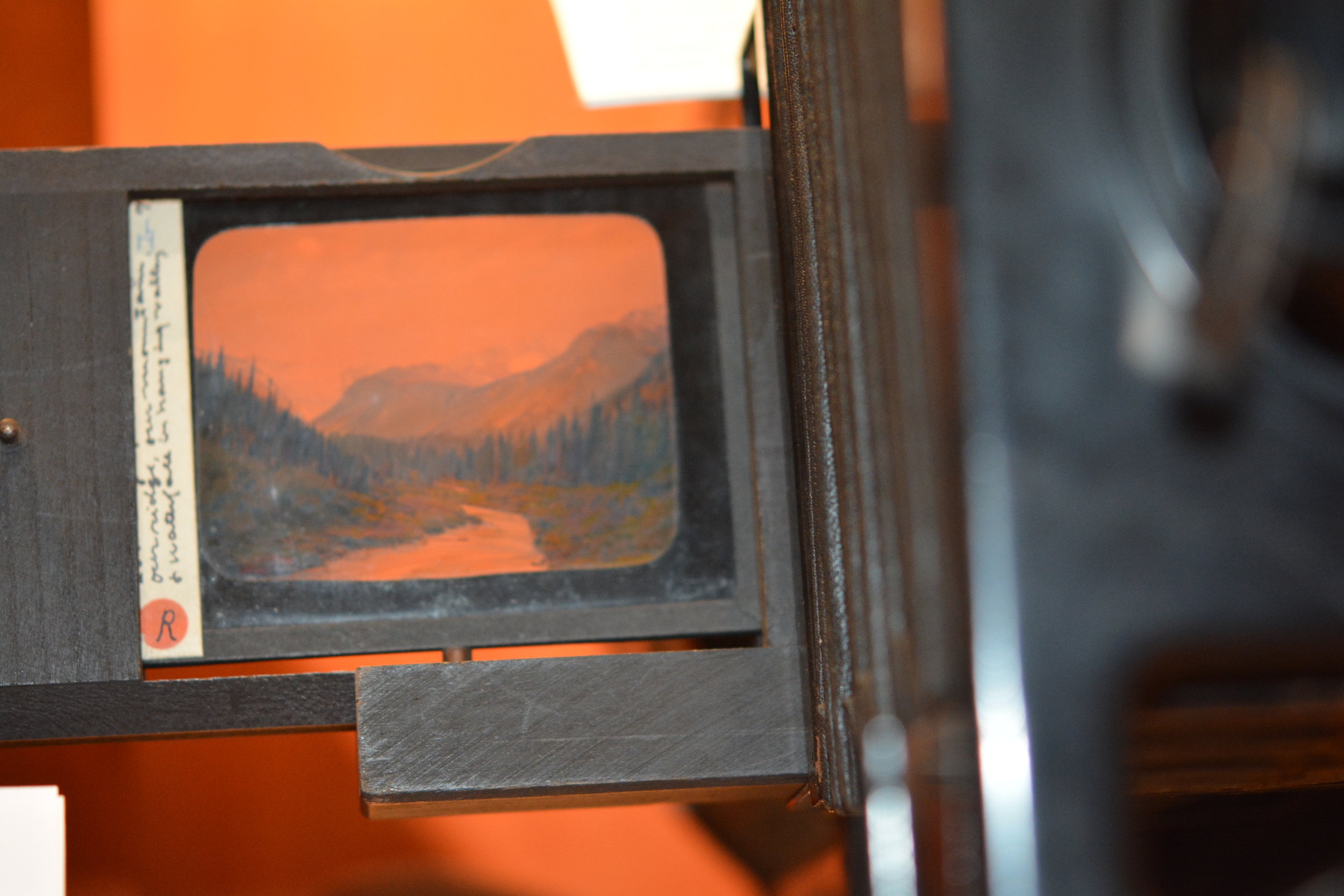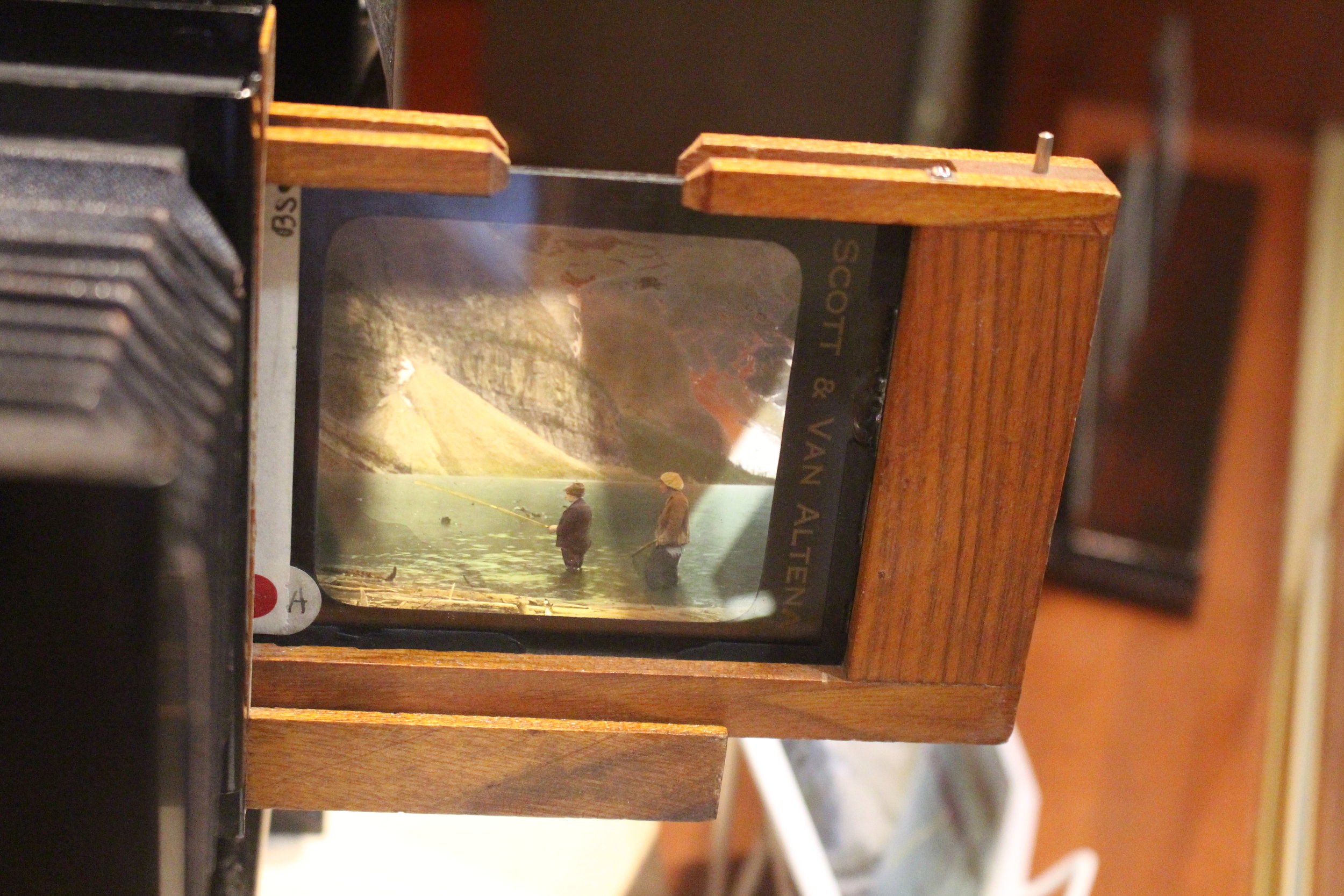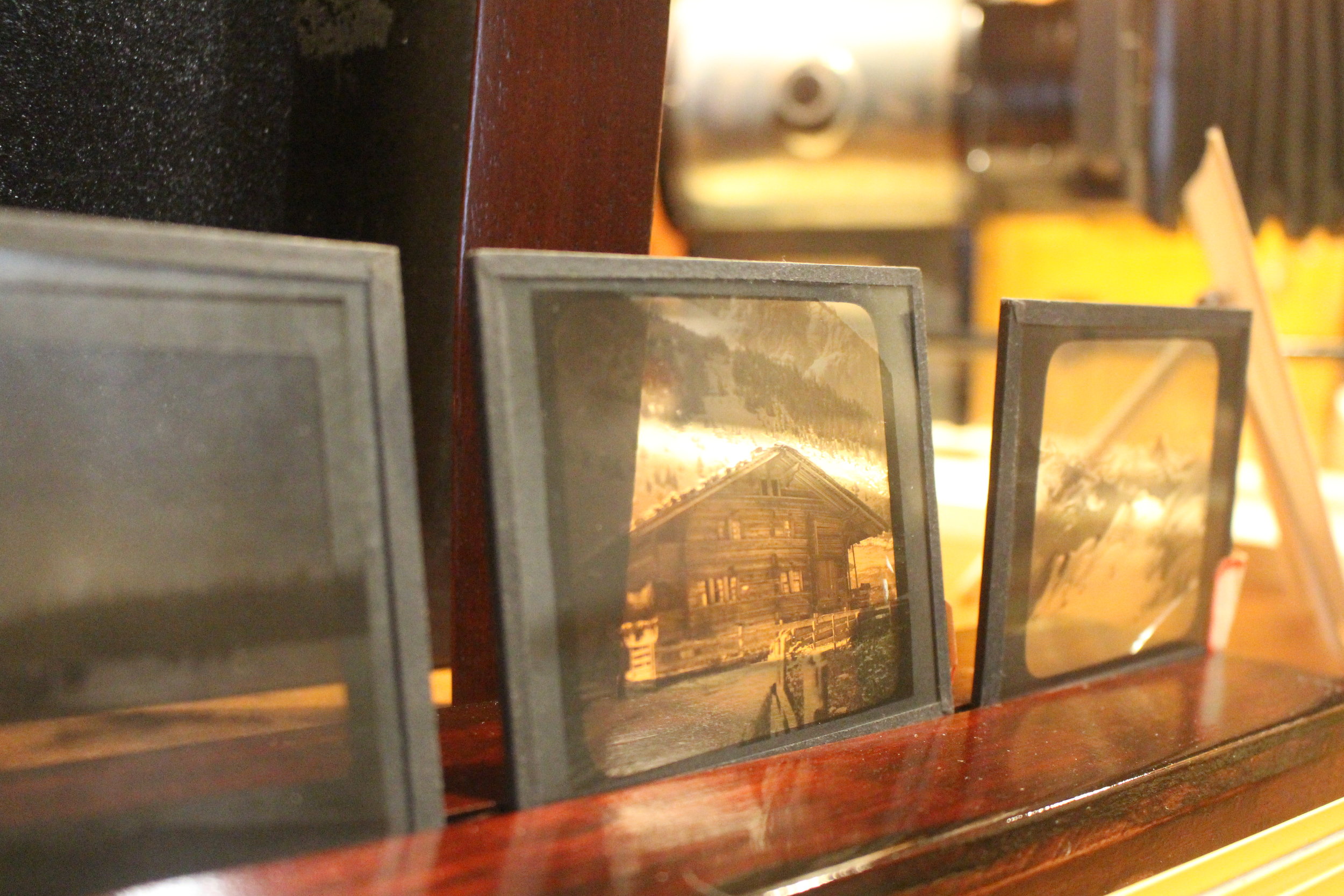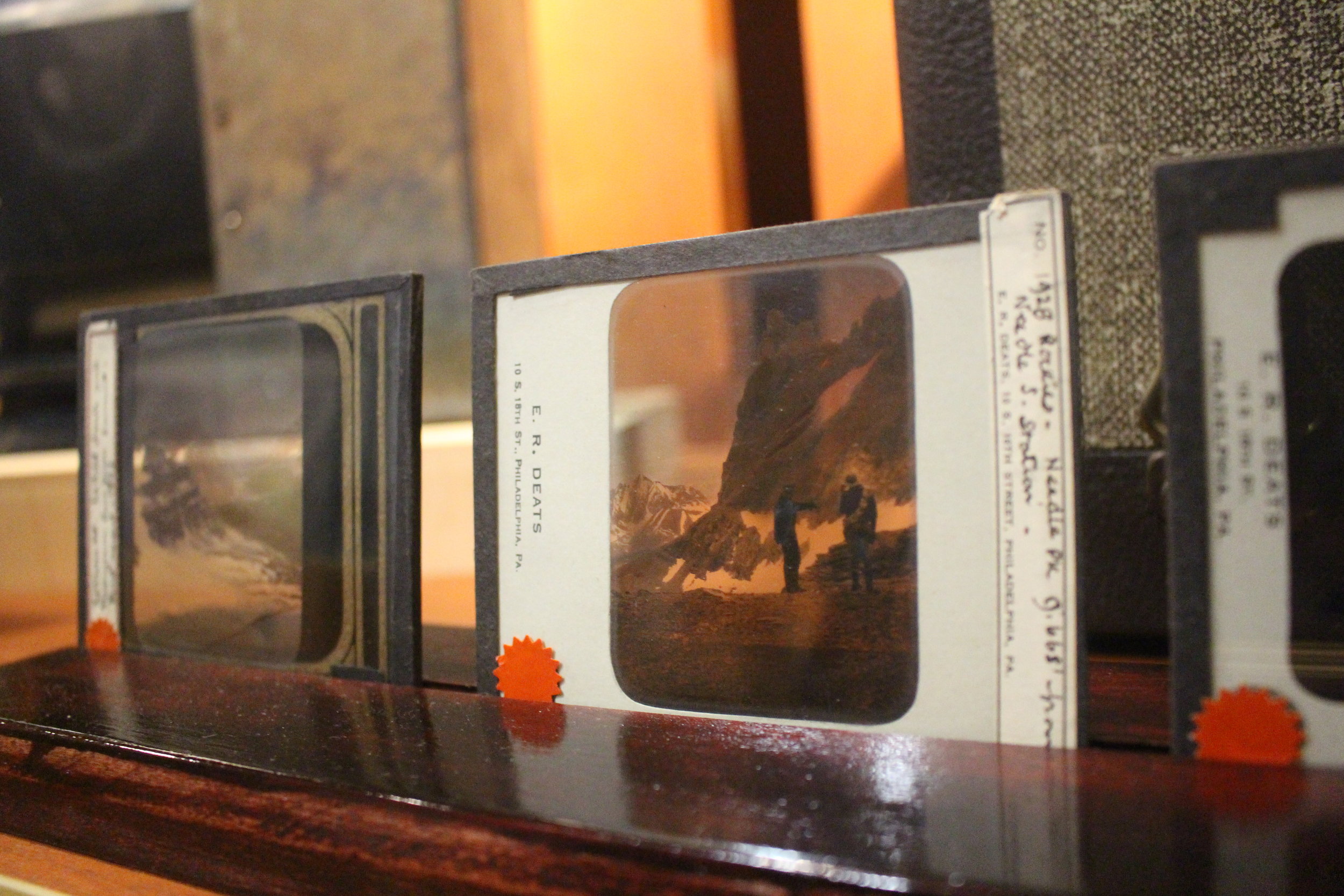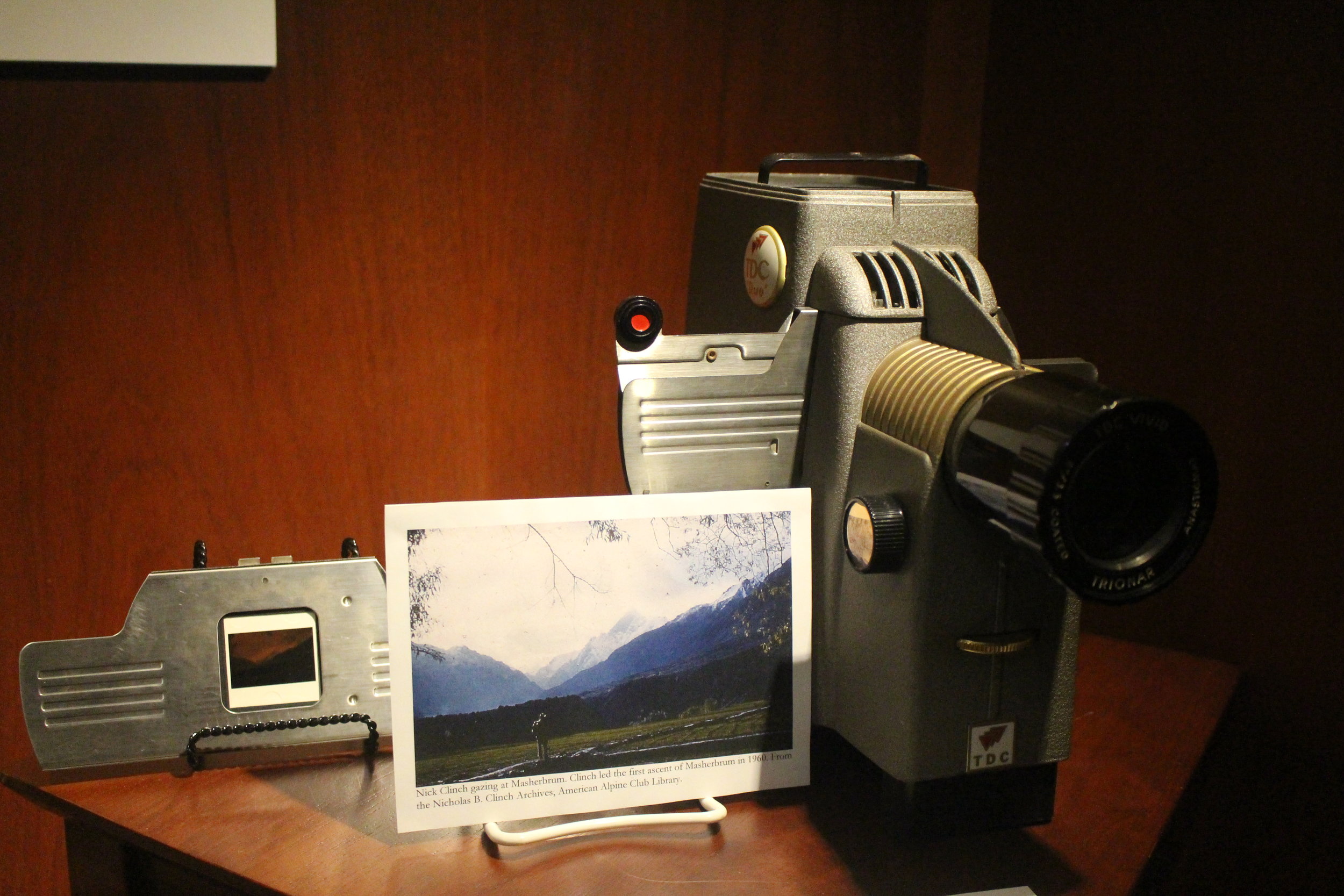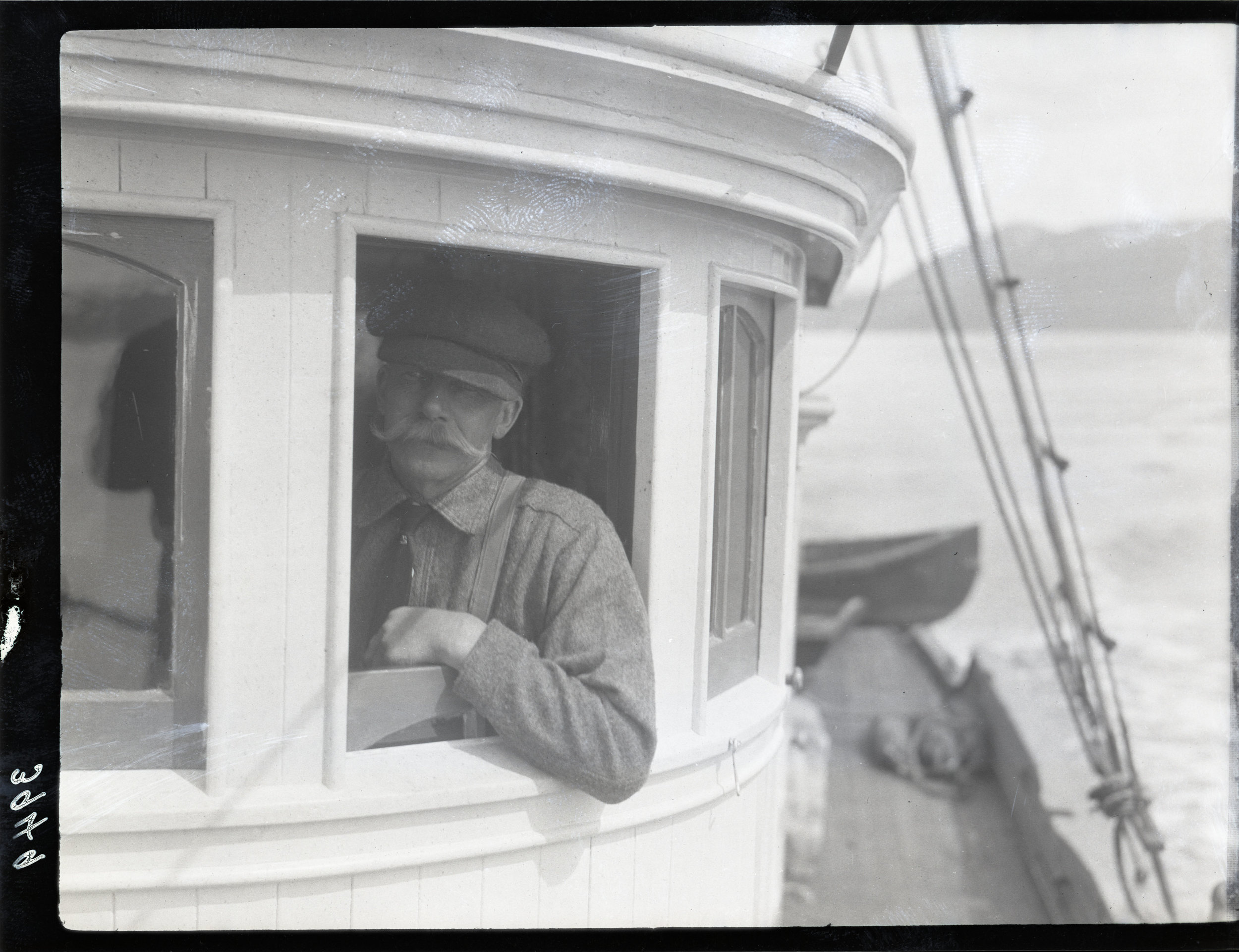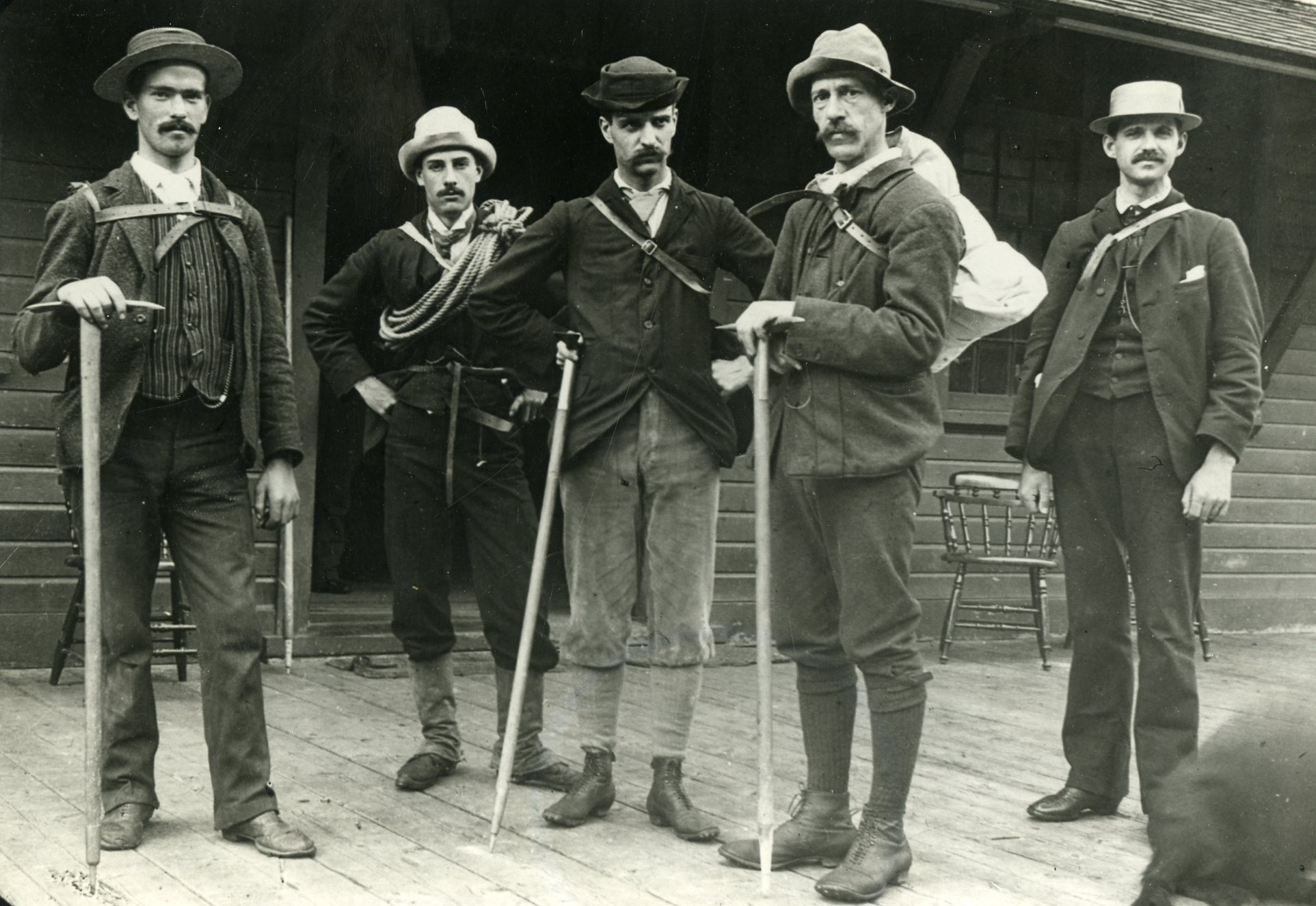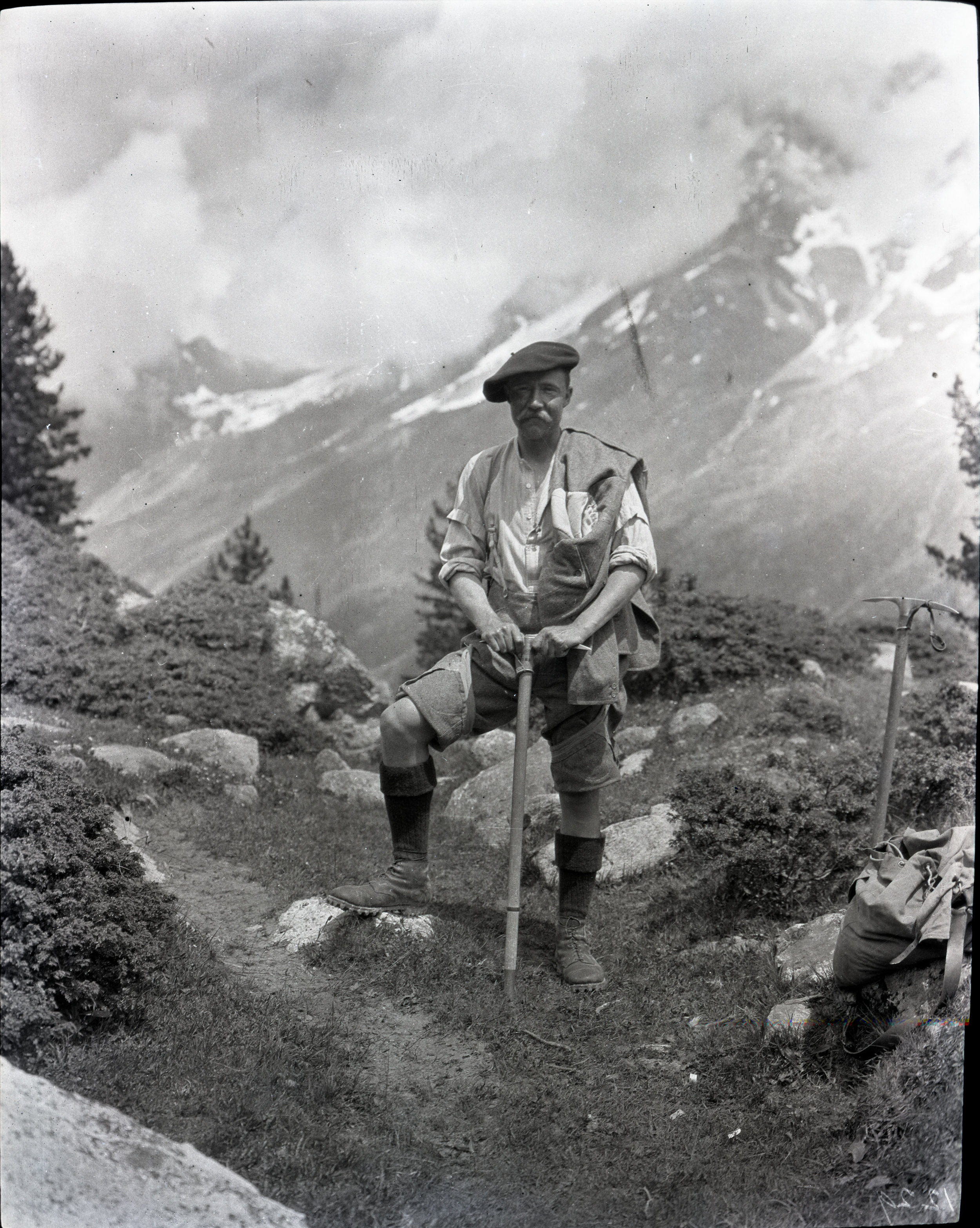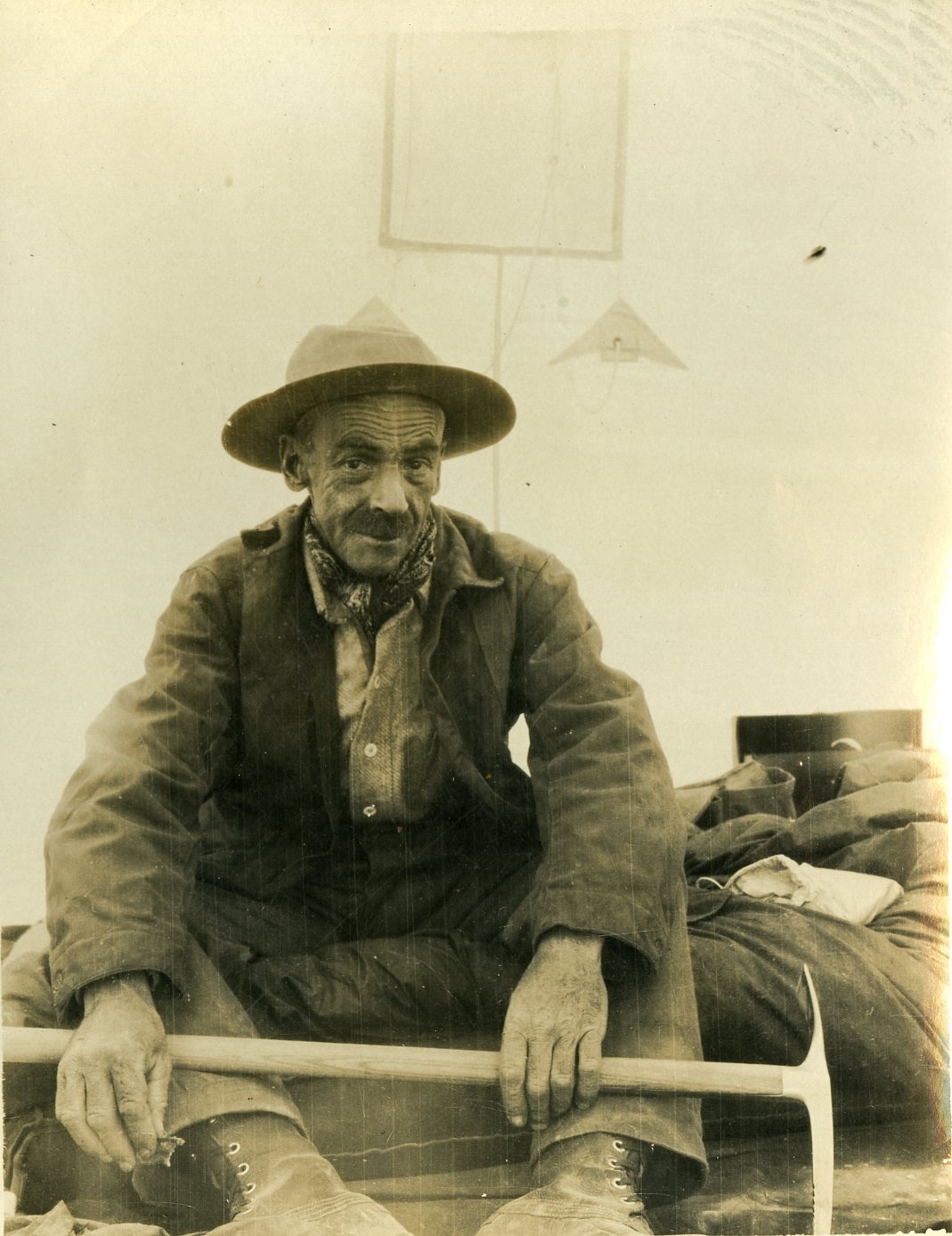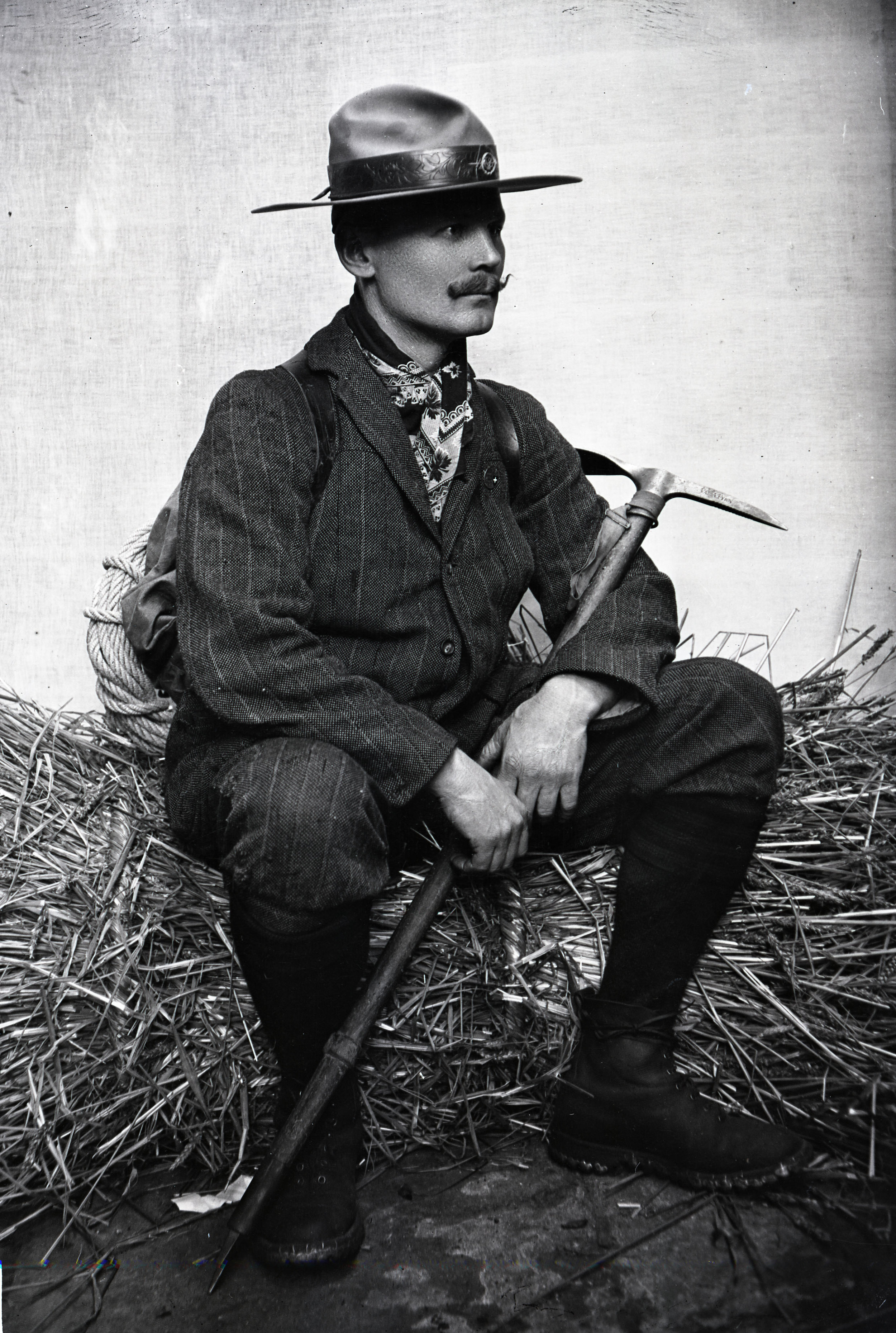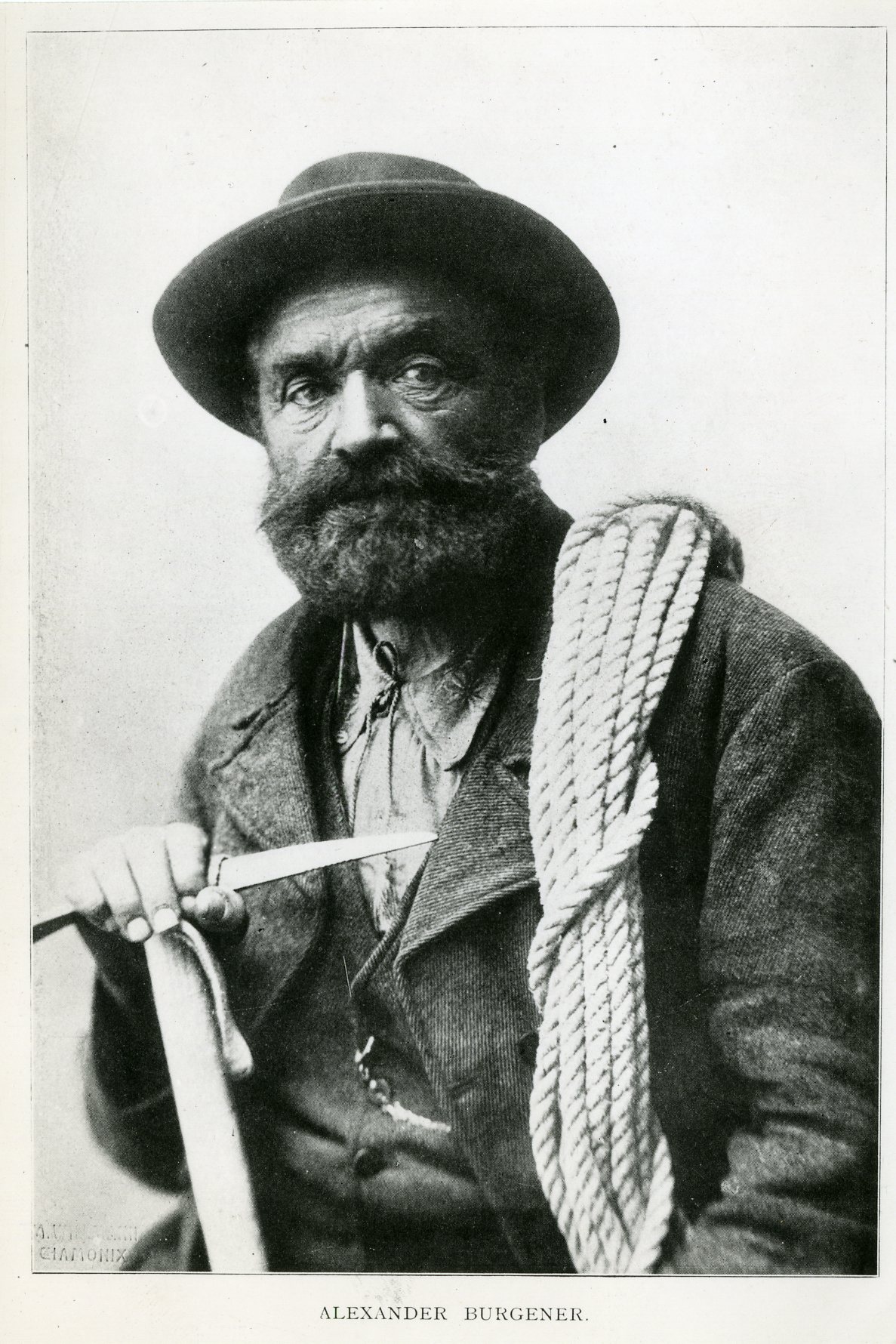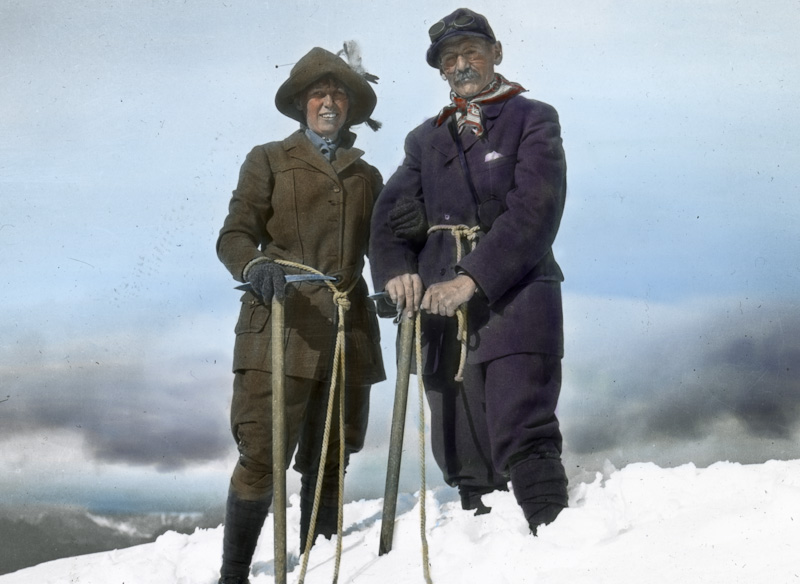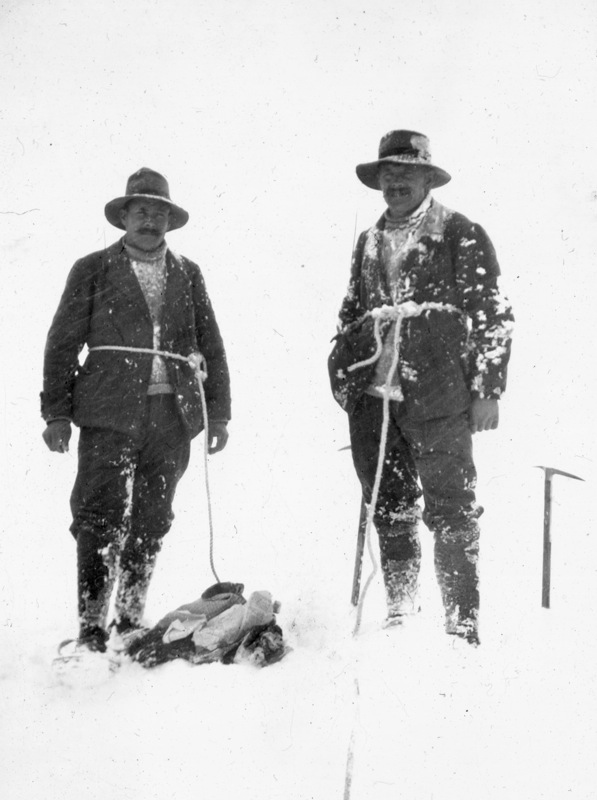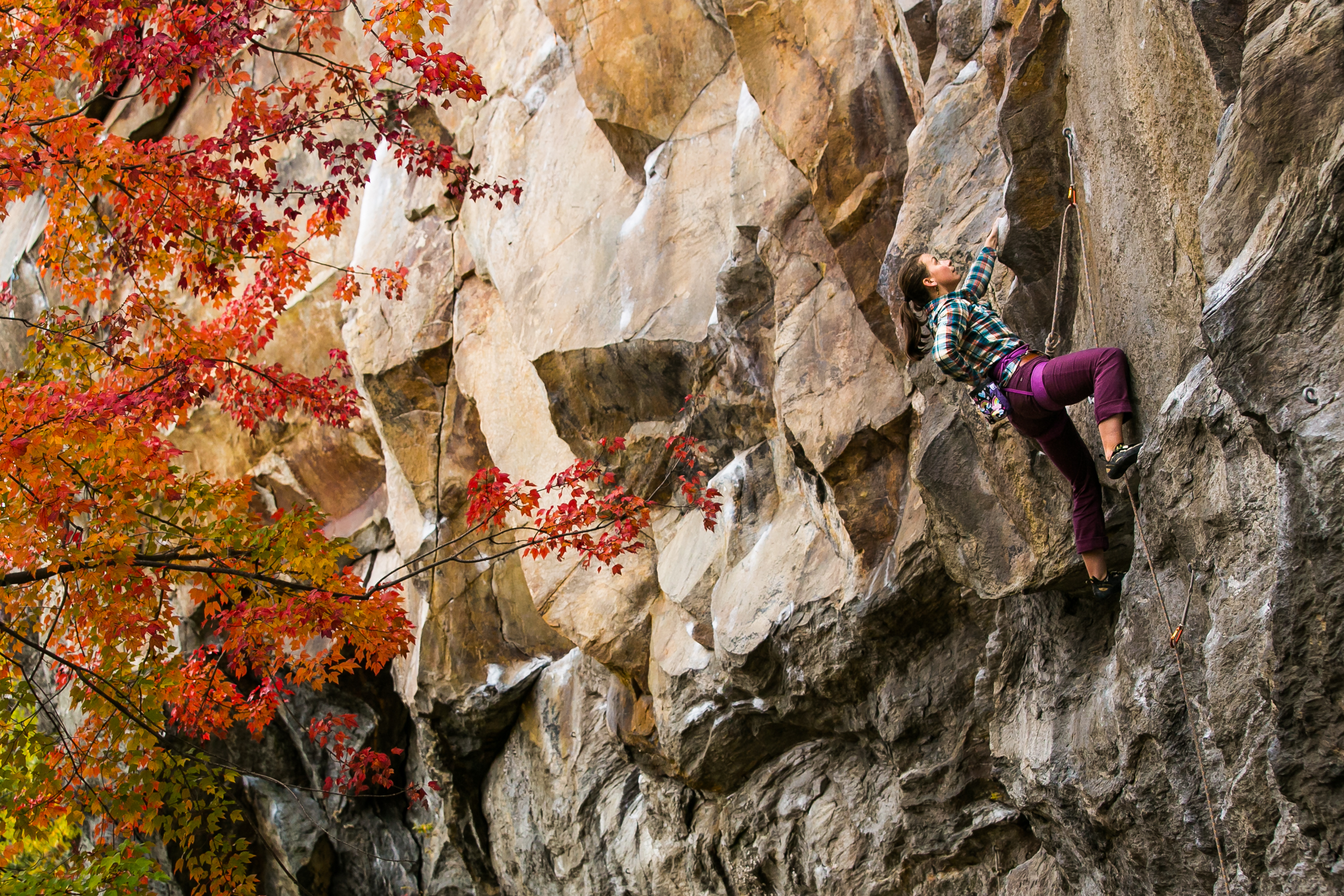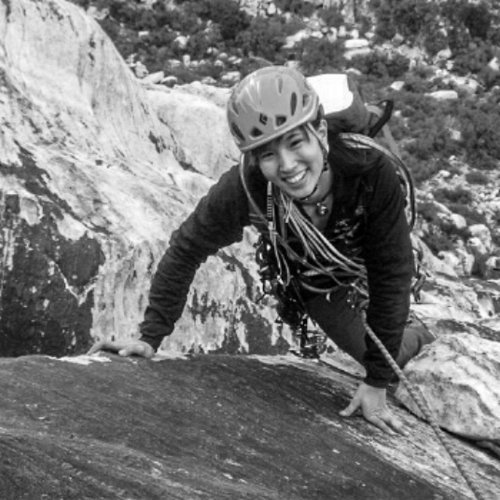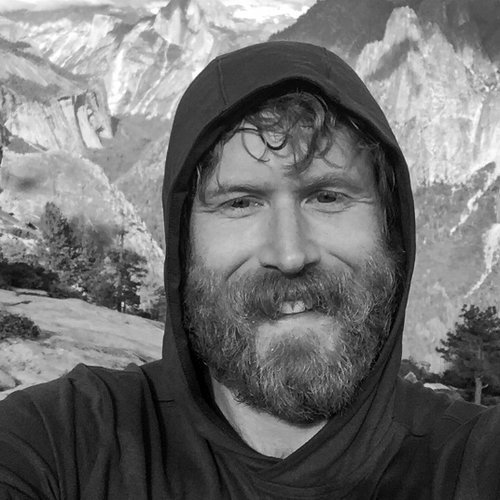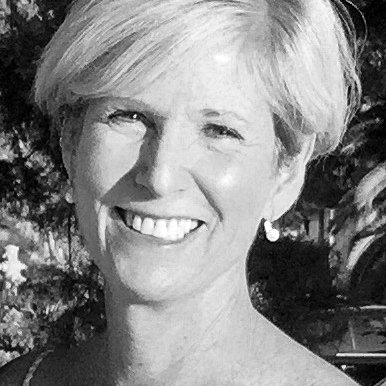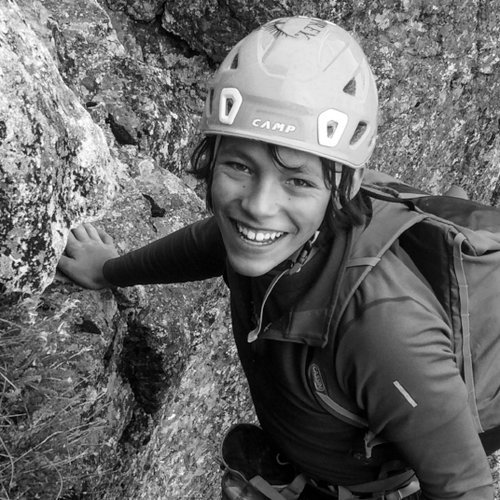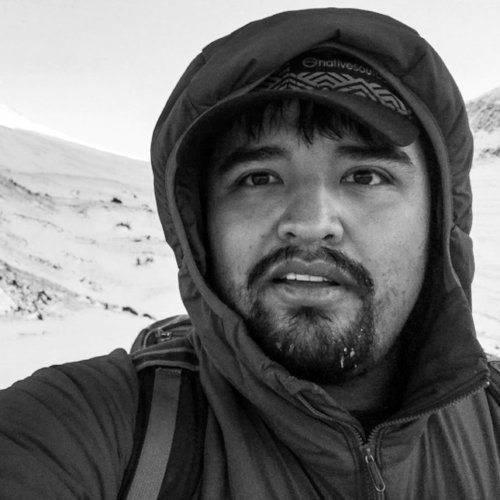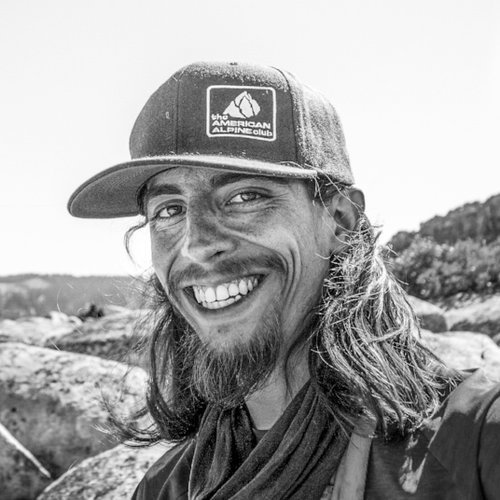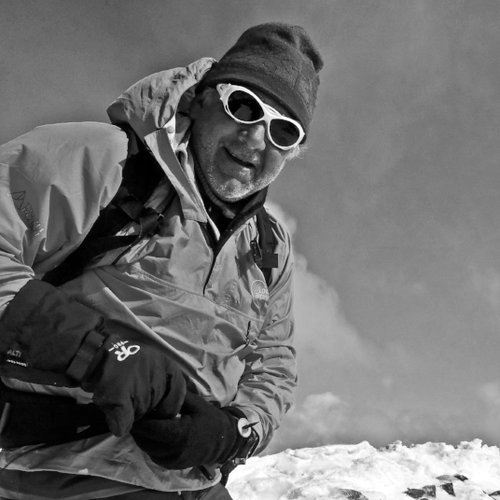On Monday, December 4, 2017, President Donald Trump signed two proclamations reducing and modifying Bears Ears National Monument and Grand Staircase-Escalante National Monument.
This drastic and possibly illegal action will impact climbing in southeastern Utah, and has serious ramifications for the Antiquities Act, one of our most valuable conservation laws. The American Alpine Club is shocked by the scale of these reductions and modification, and we cannot support this attack.
The decision to shrink and modify these monuments ignores the millions of Americans who spoke out in favor of keeping them intact, and stands in sharp contrast to our nation’s bipartisan legacy of conservation. The announcement to reduce and modify Bears Ears disregards the years of effort by Native Americans, conservation groups, and the outdoor recreation community to protect this treasured landscape. The American Alpine Club worked alongside our partners at the Access Fund and Outdoor Alliance to advocate for this monument and to ensure that climbing in the area was recognized as a legitimate and appropriate activity. The original proclamation to establish the Bears Ears National Monument did explicitly recognize climbing as one of many “world class outdoor recreation opportunities,” but the new proclamation fails to acknowledge climbing at all. In other words, climbing is not a priority in the new versions of these monuments.
The redrawn monument boundaries create two separate and smaller areas within the Bears Ears monument: Shash Jáa, including the Bears Ears buttes, and Indian Creek, including a number of this iconic destination’s crags. While this impacts all climbing in the area, the modification results in loss of national monument protection in roughly 40% of climbing areas within the former Bears Ears boundaries, including Valley of the Gods, Harts Draw, and Indian Creek areas like the Wall and the Cliffs of Insanity.
The AAC’s concern is not limited to the cliffs and desert towers. We advocate for healthy climbing landscapes and the ecosystems that surround them. We are deeply concerned that these new national monument boundaries could lead to irreparable damage to the integrity and character of climbing in this region.
Nationwide, 71% of climbing is on public lands. The implications of these attacks for climbing areas across the country deeply concern us. Most national monuments are established by the President under the authority of the Antiquities Act of 1906, which grants the President the power to declare national monuments. The Antiquities Act is a vital conservation tool, utilized by past presidents of both parties, and has led to the protection of some of our country’s greatest climbing areas. These include Devils Tower National Monument and Colorado National Monument, as well as many national parks that began as national monuments, such as Grand Teton, Joshua Tree, and Zion national parks.
The reduction of Bears Ears & Grand Staircase-Escalante national monuments represents an unprecedented assault on the Antiquities Act and a threat to climbing nationwide, and the AAC is evaluating our options for litigation or other actions. The AAC will continue our commitment to protecting our national monuments and public lands, preserving the health of our vertical playgrounds, and ensuring the vitality of the Antiquities Act.
How you can help:
Write to your member of Congress and let them know how these monument reductions impact you.
Tweet at Interior Secretary Ryan Zinke and tell him how you feel about these monument reductions. Here is a suggested tweet: Decision on monuments will impact climbing and the future of our public lands, @SecretaryZinke! We #StandWithBearsEars and need to #SaveGrandStaircase. #ClimbersForBearsEars @americanalpine
Support the American Alpine Club’s efforts to protect our climbing landscapes.
Support the campaign by Friends of Cedar Mesa and Duct Tape Then Beer to build a Bears Ears Education Center and ensure visitors learn to respect and protect this landscape.




